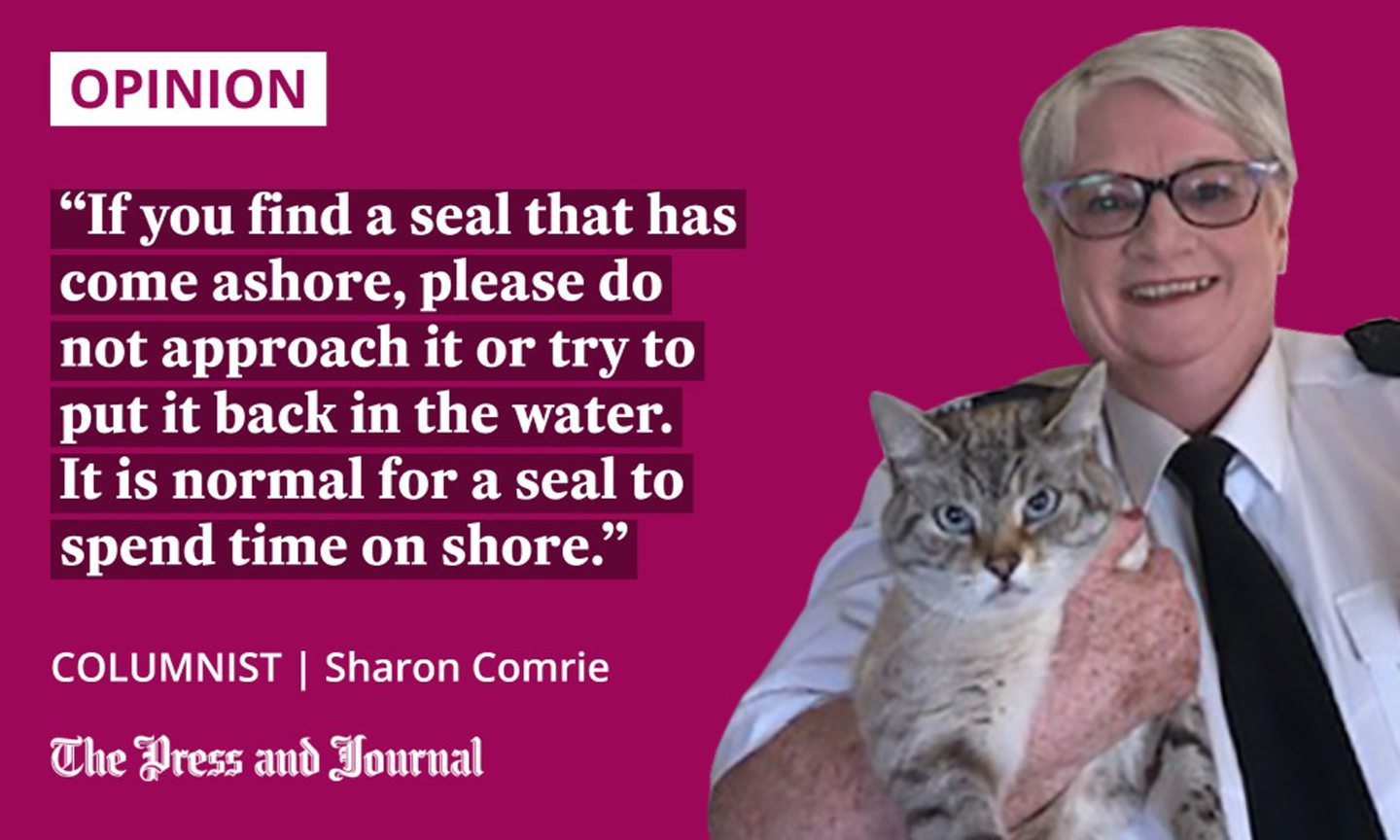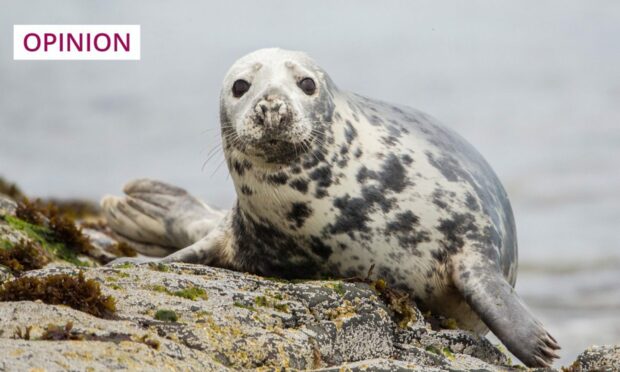Around 90% of the UK’s grey seal population can be found in Scottish waters, and conditions can become difficult during winter, writes Sharon Comrie of the Scottish SPCA.
Winter poses a significant challenge for the third of the world’s population of grey seals which call Scotland their home.
Those in need of care come to our National Wildlife Rescue Centre, where staff diligently nurse seals back to health.
In a typical year, we care for over 100 seal pups, each costing at least £2,000 to rehabilitate. Our dedicated team looks after each seal until they are old enough and strong enough to survive at sea.
We have a purpose-built seal unit, as well as outdoor pools, to help them build up their sea-flippers. The pups are also fed in a way that trains them how to hunt prey in the wild, maximising the chances of a successful reintegration into life on the coastline.

All our seal releases are carefully planned, and will take place where we are confident the seal can join a healthy colony.
About 40% of all grey seals live in UK waters. About 90% of this number breed in colonies in and around Scotland, and produce approximately 50,000 pups annually.
What to do if you spot a seal on shore
Seals face a host of challenges from both nature and human activity. Bad weather can make the sea a rough, dangerous place, and it is not unusual for pups to be separated from their mothers by choppy waters.
The main threats from humans are pollution from man-made disasters, such as oil spills, and we’ve rescued seals caught up in discarded fishing netting. Like many other animals, climate change and the impact this has on prey is also creating new challenges for seals.
All marine mammals are protected by the Marine (Scotland) Act 2010, which makes it illegal to touch or harass them, or alter their normal behavioural pattern in any way. Doing so can result in heavy fines and arrest.
If you find a seal that has come ashore, please do not approach it or try to put it back in the water. It is normal for a seal to spend time on shore, and seal pups will often be left by their mother whilst she feeds.
Standing too close to a seal pup can frighten the mother away, so remember to keep a safe distance
If you see a seal with a white, long-haired coat, then they are probably still suckling from their mother, and we would advise you to monitor and check regularly for signs of the mother returning over a 24-hour period. However, standing too close to a seal pup can frighten the mother away, so remember to keep a safe distance.
If you find a seal that has visible signs of injury, looks skinny or lethargic, or has breathing difficulties, please call our helpline immediately on 03000 999 999, as they may need our help.
Sharon Comrie is community and engagement manager for the Scottish Society for Prevention of Cruelty to Animals (SSPCA)


Conversation